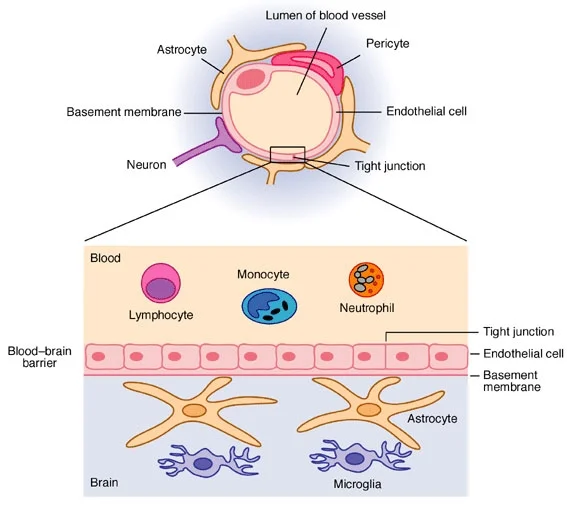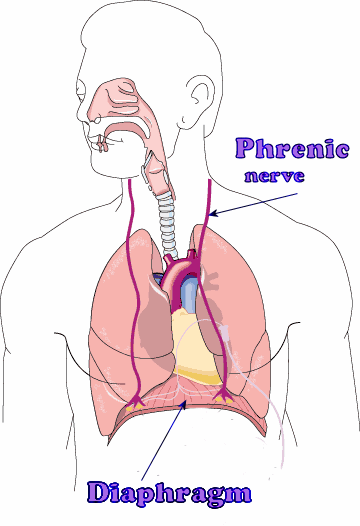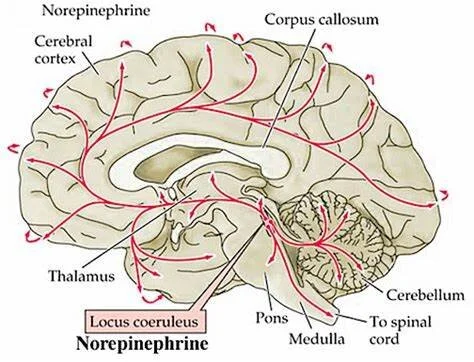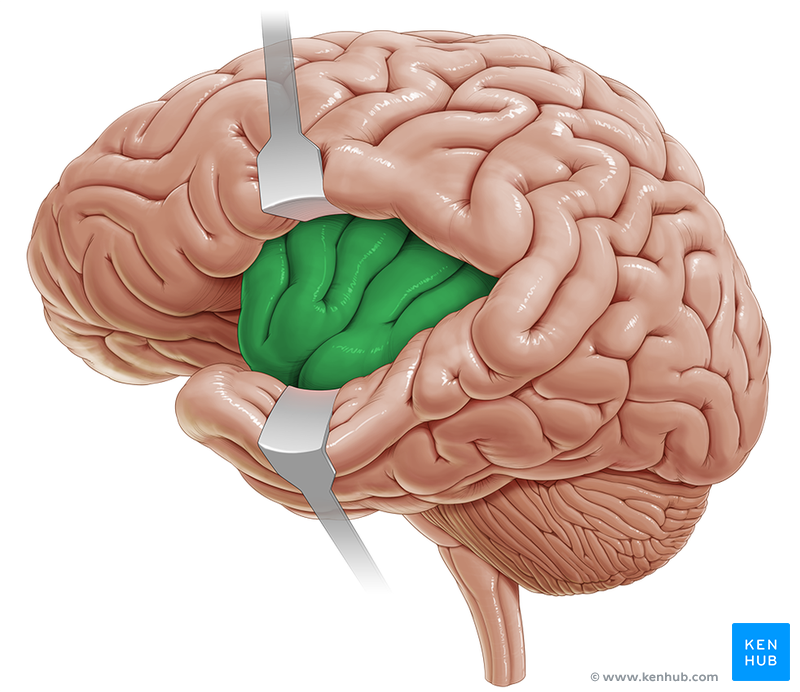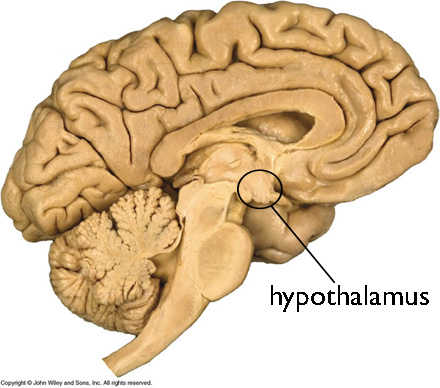Answer: The blood-brain barrier is an anatomical adaptation that prevents certain compounds in the bloodstream from entering brain tissue.
From: https://lookfordiagnosis.com/mesh_info.php?term=blood-brain+barrier&lang=1
The circulatory system is responsible for sending oxygenated blood throughout the organs, especially the brain and spinal cord. However, it is vitally important that toxins in the bloodstream remain separated from central nervous system tissue. The blood brain barrier is an anatomical adaptation that minimizes foreign entities in the blood from entering the brain.
In general, the blood brain barrier (also called the BBB) is a layer of cellular material that surrounds each capillary, the fine blood vessels in the brain. Endothelial cells are responsible for forming the blood brain barrier, and they envelop the blood vessels by forming tight junctions with adjacent endothelial cells. These endothelial cells are supported by glia.
The BBB is a semipermeable membrane. Generally, water, gases, and some lipids are able to pass from the bloodstream into the brain. Some chemicals are actively transported from the blood into the brain, such as glucose, which is an essential source of energy for neurons. The blood brain barrier also transports amino acids, which are important for protein production.
The protective ability of the blood brain barrier may be compromised in the case of brain injury or disease. For example, Alzheimer's disease, traumatic brain injury, multiple sclerosis, or meningitis may be associated with some degree of BBB permeability.
Although the blood brain barrier is very effective for preventing blood toxins from entering the brain, this protective function may also hinder the delivery of drugs. Nanoparticles may be used as a vehicle to deliver drugs into the brain. Also, low intensity focused pulses of ultrasound may be useful in creating a temporary breach of the blood brain barrier, allowing for a targeted delivery of drug into a specific region of the brain - targeting brain tumors, for example.
You can learn more neuroanatomy from the following:
